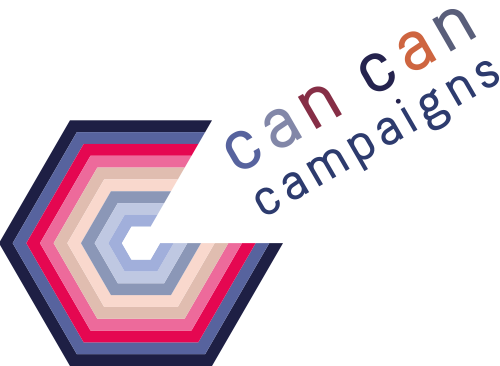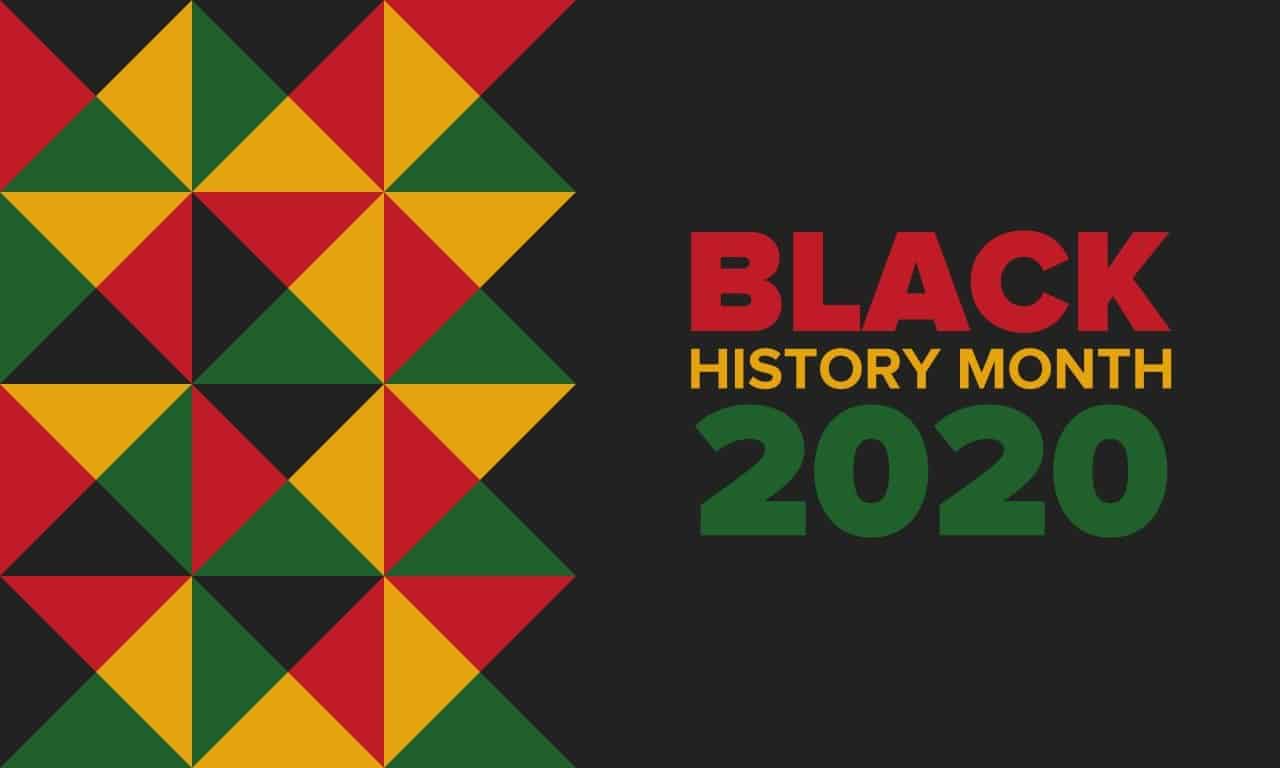For educators
1. Black History Month is the start – and not the end – of the conversation
Black History Month is towards the beginning of the academic year. This means that we have many months afterwards to develop and expand on the learning started here. The British curriculum has more scope than we often give it credit for. Be creative and integrate some of the children’s areas of interest into subsequent classes, in history, English literature or other subjects. Avoid thinking of BHM as a tick-box exercise. It is not an event, but a mechanism for introducing our children to the dynamics of the world around them.
2. Allow students to bring their lived experience into the room safely
It is becoming increasingly clear that many black students do not feel that they belong in British classrooms. Black History Month may be an opportunity for some students to come out of their shell, and share what they know about their own culture or history. Within reason, try not to block this. Remember the purpose of Black History Month is to promote inclusion and broaden the horizons of our students. This is best done authentically through their peers.
That being said, please don’t use this as an opportunity to single out black students and put them on the spot.
3. Resources, resources, resources
It’s okay not to know everything. It is better to try and correct a mistake, than not to try at all. There are so many resources out there to help facilitate and inspire good teaching on Black History. Look out for materials and ideas to support your teaching by renowned organisations:
- The Runnymede Trust
- The Black Curriculum
- BLAM UK
Also consider visual aids like:
Stormzy – Superheroes
How microaggressions are like mosquito bites
Black History is British history
With the diverse make-up of children in our classrooms today, it has never been more accurate to say Black History is British history. Though we do not teach international relations at primary school, or even sometimes secondary school level, this is an opportunity for us to introduce to our children the effects and engagement different countries have with one another.
It is also important to remember that the world we live in today, is a result of previous human history. If we believe our society has developed because of what came before us, we cannot just discuss these topics in the past tense, but also in the present tense. It is important young people understand why these topics are relevant today.
There is more to Black History than slavery
It can be very tempting to centre teaching of Black History on slavery and empire. However, this can be very damaging for black students in the classroom. African states and people had vast histories before colonialism. This is worth recognising and celebrating. Consider themes like the great Kingdom of Mali (then named Ghana), Black Georgians or Black Romans or whatever else comes to mind. Be creative.
This is particularly important because focusing only on historic violence towards black people can decrease the confidence of black children.
For Parents
1. Welcome questions, they are an opportunity for us all to learn.
Please don’t shut conversations down when your children come home with questions. Even if you don’t know the answer, it is an opportunity to Google and learn together. Asking questions means your child’s curiosity has been piqued. This can be something positive if it is harnessed appropriately. Your response to this is important.
2. Start the conversation at your child’s level
It is never too early to start having anti-racism conversations. However, it is very important how you pitch them appropriately. Use the themes that your child already understands. So, for example, does your child understand sharing? The concept that everyone should be treated well or fairly? The reality that people can be from different places? This could be a good place to start.
3. Resources, Resources, Resources
It can be difficult to answer questions you do not know the answer to. But there is help available. Use the internet to help you. Find visual aids, infographics or more information for your child to develop their thinking. There are many charities who provide materials to help children learn. Look out for organisations creating useful content:
- BLAM
- The Black Curriculum
Also use helpful Videos
- Stormzy – Superheroes
https://www.youtube.com/watch?v=q-EW4-B11hw
- How microaggressions are like mosquito bites
https://www.youtube.com/watch?v=hDd3bzA7450
4. Develop conversations year on year
As your child is growing up and coming back to you with more questions, it is important to deepen their thinking and encourage them to question the reasons for the discrimination we see. This is an opportunity for our children to start understanding the subtleties of the world around us.
Perhaps help them link what they are learning at school to current affairs. This will introduce them to a different perspective. Help them to reconsider what they see on the news, or on social media. This way you are also helping your child develop critical thinking.
5. Try to combat “us and them” dynamics in conversations
We live in a society with many different communities and individuals. Children often encounter people with different backgrounds at school, through TV, or reading materials. This is a positive thing. While our differences are something to be celebrated, it is also important that we remember what we have in common. We are all people, perhaps living in the same country, attending the same schools, trying to make the best of our lives. On the whole humans have more in common than we do different. It is important to remind our children of this. Being different doesn’t make anyone better or worse than you – just that, different.



